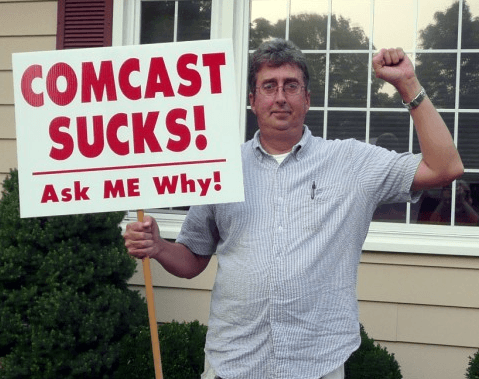 A system audit by Comcast has created a firestorm across Florida’s Panhandle after customers lost dozens of channels while Comcast used it as an opportunity to sell customers more expensive television packages.
A system audit by Comcast has created a firestorm across Florida’s Panhandle after customers lost dozens of channels while Comcast used it as an opportunity to sell customers more expensive television packages.
The cable company has been installing new technology that will help it verify customers are not getting channels or services they are not entitled to receive. After auditing subscribers in the Tallahassee area, many long-time Comcast customers found their TV lineup dramatically reduced, often with no warning.
“We found customers had access to channels not included with their service level,” Comcast spokeswoman Mindy Kramer told the Tallahassee Democrat. “Meaning, they were getting some channels that they had not subscribed to in their specific package.”
Comcast used the audit to upsell customers to a pricier package to get those missing channels back, annoying customers.
“During a recent system audit, it was discovered that you may be receiving channels that are not part of the video service to which you currently subscribe,” a Comcast letter said. It then gave an example of a channel the person had been receiving in error and suggested the customer upgrade if they wanted to continue receiving the same service.
“We apologize for any inconvenience this change may cause,” the letter said. “We appreciate your business and thank you for being a loyal Comcast customer.”
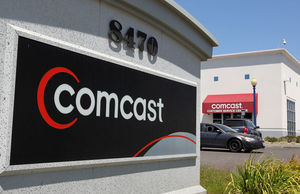 Numerous Tallahassee customers contacted the newspaper and local media outlets to complain they lost dozens of channels without notice, many they had received for years. More recent subscribers also discovered their packages were suddenly much smaller.
Numerous Tallahassee customers contacted the newspaper and local media outlets to complain they lost dozens of channels without notice, many they had received for years. More recent subscribers also discovered their packages were suddenly much smaller.
Among seniors, the loss of Turner Classic Movies brought the most complaints. Customers who had received the network erroneously as part of a Digital Starter TV package ($43.45-68.95/mo) were told they must upgrade to Digital Premiere service to get that single channel back. That represents a rate increase of $22.94-47.54 a month, depending on the area. Digital Premiere costs $90.99-$131.99/mo., according to Comcast’s website.
Ron Crolla ended up paying a promotional rate increase of about $20 a month to restore his 85-year-old father’s Comcast service in a Tallahassee assisted living facility. Crolla said Comcast dropped about half of his father’s TV channels and did the same for many others in the same facility.
“The TV is his primary form of entertainment; he can’t drive, he can’t walk much,” Crolla told the newspaper. “It just seems all underhanded,” he said. “It just seemed like a crappy thing to do.”
Others thought about the same, judging from the newspaper’s Facebook page, overwhelmed with so many complaints about Comcast, a reporter covered the angry responses in another story:
Man, do people hate Comcast.
I can say that because that’s what many people told me this week, after a story ran in this newspaper about Comcast stripping cable customers of channels they weren’t paying for.
Dozens of emails and hundreds of Facebook and online comments came in hot. Most people shared their stories in gritty detail, breaking down their channel line-ups, what they paid and when. Some even passed on the name of the customer service representative they were dealing with, others just spun into a tirade.
People freely tossed out words like “furious,” “worst,” “sucks,” “hate” and others not fit for print. Something was triggered. People were pouring their hearts out in emails. It was personal. They were feeding off each other, finding solace in having a common enemy.
For many, it wasn’t about justifying the fairness of getting the extra channels for free, it was about Comcast’s method of ferreting out customers and dropping the channels with what many claim was no warning.
“If they wrote me a letter and told me I was getting extra channels for free, I probably wouldn’t even realize it because Comcast’s packages and lineups are so confusing,” said Tallahassee resident and Stop the Cap! reader Neil. “The classy way to handle it would be Comcast admitting it was entirely at fault and offering a special deal to keep the channels on at their wholesale cost for 6-12 months. I don’t want them to have to pay for something I am getting for free, but they decided to profit from their mistake at the customer’s expense. That is why Comcast is so despised around here. It is always an angle with them to get more money. If I make a mistake, I own up to it. If they make a mistake, they want to bill me for it.”


 Subscribe
Subscribe The new CEO of Frontier Communications is promising more fiber to the home service and advanced ADSL2+ and VDSL2 service to dramatically boost Internet speeds… if you happen to live in a Verizon territory Frontier is planning to acquire in Texas, California, or Florida. For Connecticut customers that used to belong to AT&T, Frontier also plans to spend money to further build out AT&T’s U-verse platform to reach more suburban customers not deemed profitable enough to service by AT&T.
The new CEO of Frontier Communications is promising more fiber to the home service and advanced ADSL2+ and VDSL2 service to dramatically boost Internet speeds… if you happen to live in a Verizon territory Frontier is planning to acquire in Texas, California, or Florida. For Connecticut customers that used to belong to AT&T, Frontier also plans to spend money to further build out AT&T’s U-verse platform to reach more suburban customers not deemed profitable enough to service by AT&T.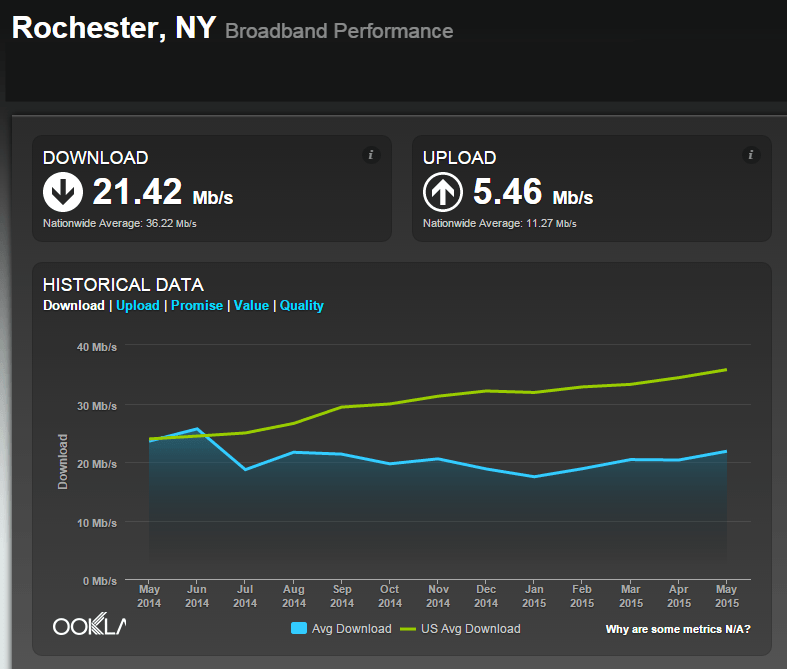
 “We actually see growth opportunity in Connecticut,” McCarthy said. “As we go through and look at the Connecticut property, one of the things that have been a recent development from a technology perspective allows us to serve lower density parts of the state of Connecticut with U-verse product that was limited by densities and loop lengths in the past.”
“We actually see growth opportunity in Connecticut,” McCarthy said. “As we go through and look at the Connecticut property, one of the things that have been a recent development from a technology perspective allows us to serve lower density parts of the state of Connecticut with U-verse product that was limited by densities and loop lengths in the past.”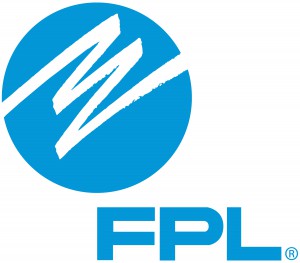 A Florida utility company has told federal regulators it is certain Verizon has a plan to exit its landline and wired broadband businesses within the next ten years to become an all-wireless service provider.
A Florida utility company has told federal regulators it is certain Verizon has a plan to exit its landline and wired broadband businesses within the next ten years to become an all-wireless service provider.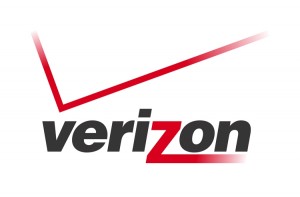 “Verizon has not increased its efforts to deploy wireline broadband in the last three years; and there is no evidence that Verizon has used the capital saved on joint use rates for the expansion of wireline broadband,” FP&L officials write. “Indeed, all of the evidence shows that Verizon is abandoning its efforts to build out wireline broadband.”
“Verizon has not increased its efforts to deploy wireline broadband in the last three years; and there is no evidence that Verizon has used the capital saved on joint use rates for the expansion of wireline broadband,” FP&L officials write. “Indeed, all of the evidence shows that Verizon is abandoning its efforts to build out wireline broadband.”

 What will happen in Verizon service areas that are not considered priorities?
What will happen in Verizon service areas that are not considered priorities?
